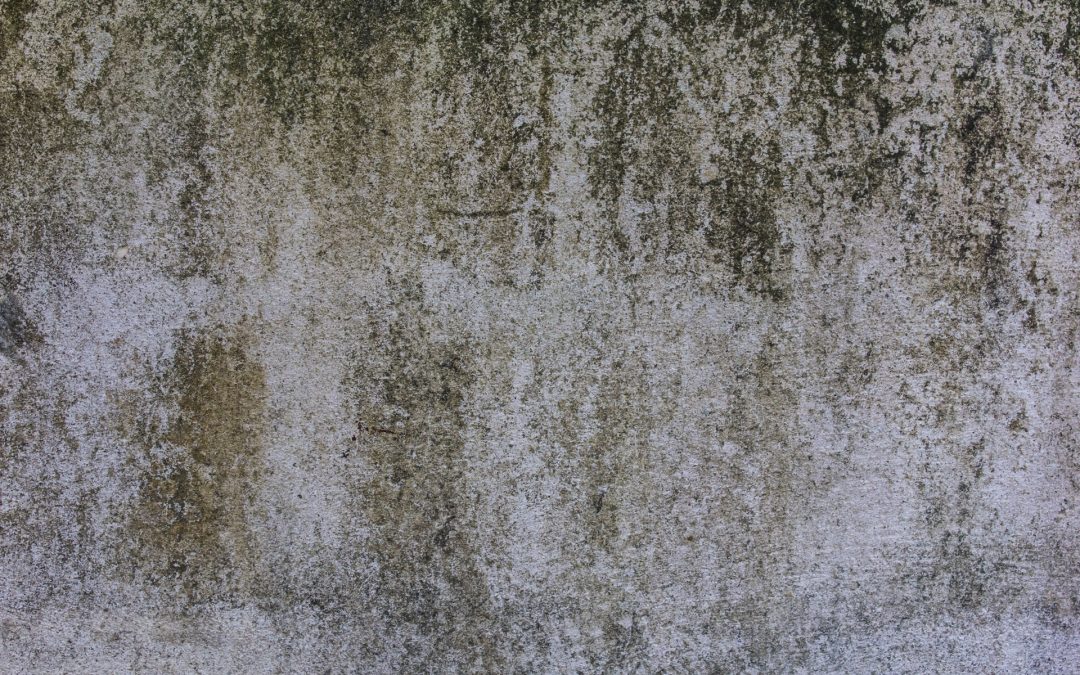Mold, which is a form on fungus, can lead to respiratory problems and allergies if it grows out of control in your home. But how do you know if it’s a problem? The first sign might be a musty smell. But don’t look for just black mold—it can also be pink, green, or orange. If caught in time, you might be able to handle the cleanup with a few common household supplies. Here are 4 tips for dealing with mold in your house.
- Find the water source.
Mold will only live where there’s water available, so check for a leak in your roof, a plumbing problem in the kitchen, bathroom, laundry room, or utility closet, or water seeping into your crawl space. The remedy could be as simple as caulking around your shower or tub or redirecting runoff in your yard.
- Close off the area.
Mold spores travel though the air, so to keep them from infiltrating other areas of the house, keep the doors and windows closed and leave through an exterior door if possible.
- Remove impacted materials.
When mold has permeated very porous materials like carpet, padding, sheetrock, or wood, it can cause structural damage. Cutting it out will remove most of the problem and allow you to start with fresh materials.
- Clean it up.
On small, less porous surfaces like painted walls and ceilings and glass, you can try to clean the mold. Put on a dust mask and rubber gloves, then mix dish soap and warm water and use a toothbrush to scrub the affected areas. Stay away from chemicals and bleach. They will only clean the surface, whereas the molecules in detergent are small enough to permeate the pores of your material, making sure to get down into the tiny crevices where mold spores live.
When should you call in the experts like Blue Chip Restoration? If mold is covering an area larger than 10 square feet or if your family is suffering from headaches, contact a mold remediation company. Professional mold removal companies like Blue Chip Restoration will have the proper equipment to contain the area and provide negative pressure to avoid cross contamination.
